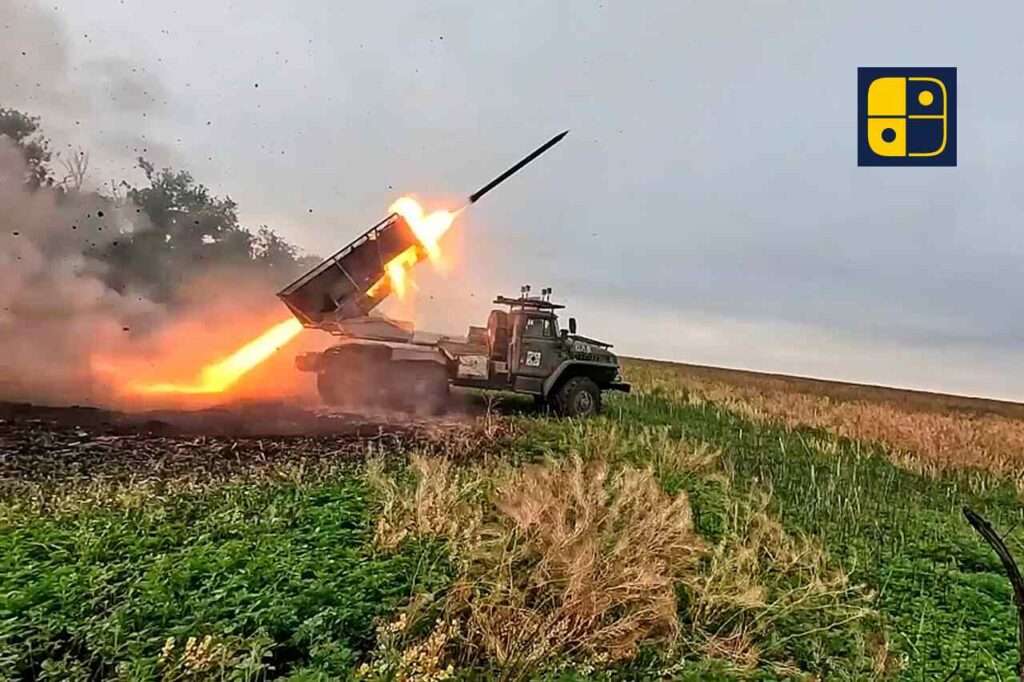Ukraine has launched one of the war’s largest aerial offensives, deploying hundreds of long-range drones which struck 14 Russian regions, including Crimea, the Black Sea, and Sea of Azov. In a statement, the Ukrainian General Staff said the attacks were focused on Russian logistics centers, and highlighted the Sverdlov ammunition plant in Nizhny Novgorod, which produces aviation bombs, artillery shells, and anti-tank munitions. Russian media coverage heated up as many explosions and a large-scale fire occurred from this attack which disrupted Russian arms shipping lines.
Additional Ukrainian drones struck an oil terminal in Crimea which ignited a massive fire which presumably was visible for miles and struck an ammunition depot of the 18th Combined Arms Army in occupied areas. Russian authorities claimed to have shot down 251 drones and called the attack one of the most intense since the beginning of the conflict in February 2022. There has been little independent verification of claims of the attacks.
As President Volodymyr Zelenskyy advocates for localized weapons production amid uncertain western support, Ukraine’s drone warfare ramped up. Zelenskyy stated at a defense forum in Kyiv, that 40% of the weapons on the front line were produced in Ukraine, with 2.4 million shells produced last year, and the numbers to produce Bohdana artillery systems increased over the year from 10 to 40 shells per month.
Zelenskyy also noted that Ukraine will seek to sell weapons to Western Europe, but also to the United States and the Middle East, by the end of 2025 as Kyiv’s way to pay for advanced systems such as Patriot air defense systems. A dual military-industrial push essentially represents Kyiv’s transition from dependency to self-sufficiency that aims to slow down Moscow’s logistics and economic endurance as the war enters its fourth year.

